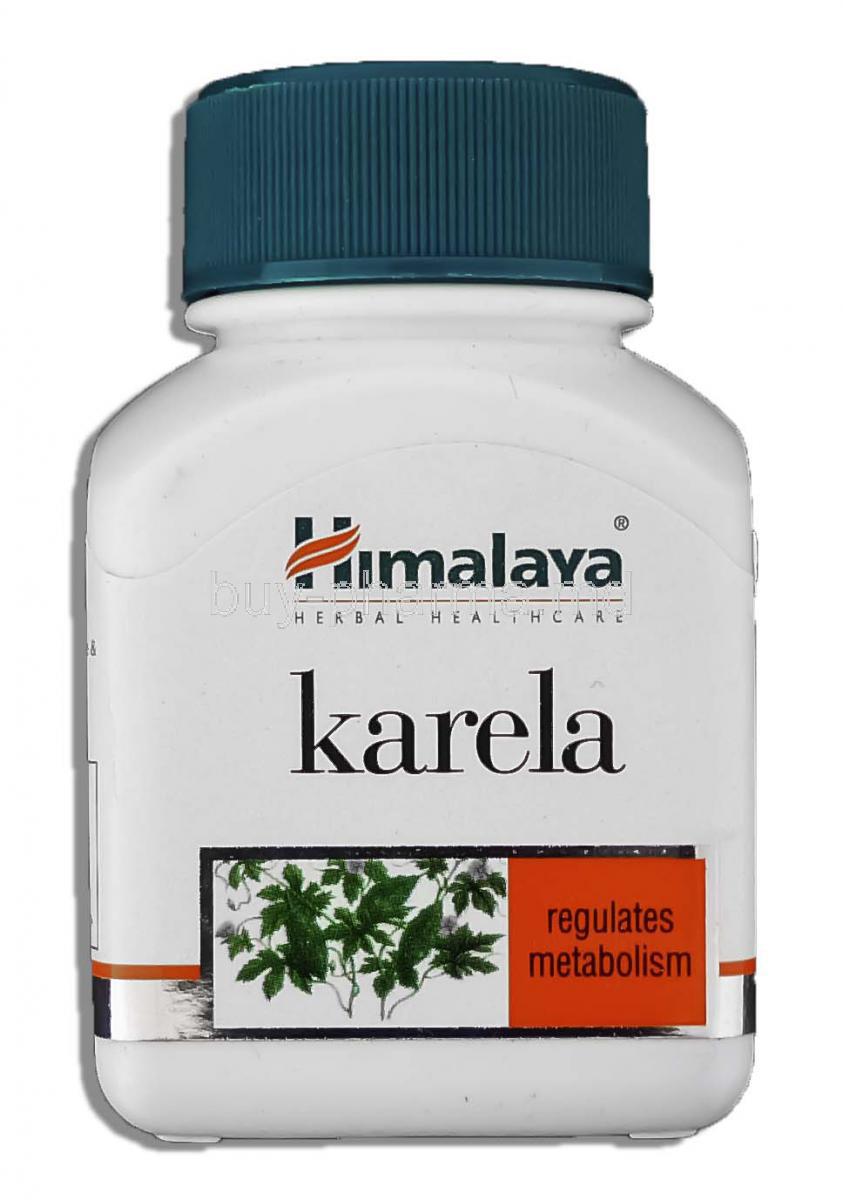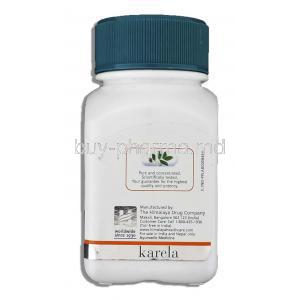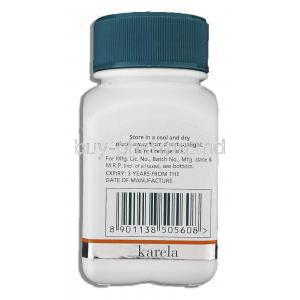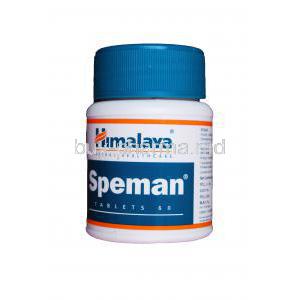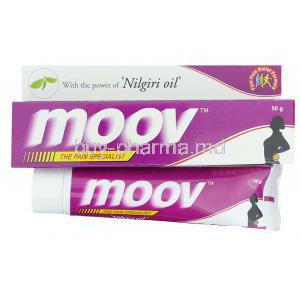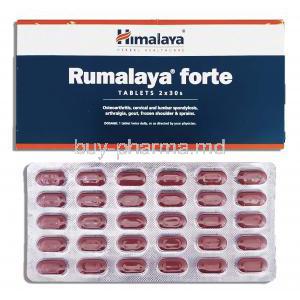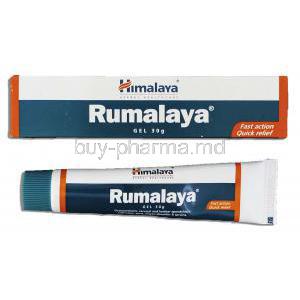1. Introduction to Himalaya Karela
Himalaya Karela is a scientifically formulated Ayurvedic herbal supplement, centered around the age-old therapeutic plant, Bitter Melon (Momordica charantia). This botanical has been venerated in traditional medicine systems for its remarkable ability to regulate blood sugar and improve metabolic efficiency.
Rooted in the legacy of ancient Indian wellness, Bitter Melon has long been prescribed for its adaptogenic and purgative effects. It has gained popularity in modern phytotherapy as a natural adjunct in diabetes care and liver support.
The product is developed by Himalaya Wellness, a global pioneer in herbal health care. Their formulations are rooted in deep clinical research and pharmacognosy, positioning Himalaya Karela as a trusted name among both health-conscious consumers and integrative medical practitioners.
2. Composition and Active Ingredients of Himalaya Karela
The main bioactive component of Himalaya Karela is Bitter Melon extract, standardized for consistent potency. Each tablet encapsulates the full spectrum of phytochemicals inherent to the fruit, including:
- Charantin – a potent hypoglycemic agent known to lower blood glucose levels
- Polypeptide-p – an insulin-like peptide with blood sugar-regulating properties
The formulation is presented in an easy-to-ingest tablet form, free from artificial colors or preservatives. Inactive excipients are included solely to stabilize the formulation, ensuring optimal shelf life and bioavailability.
3. Mechanism of Action: How Himalaya Karela Works
Himalaya Karela exerts its benefits through multiple biological pathways. Most notably, it mimics the function of insulin, stimulating cellular glucose uptake and improving glycemic control. Its effect is both direct and modulating, influencing:
- Enzymes involved in hepatic glucose production
- Pancreatic beta-cell activity and insulin secretion
- Peripheral insulin sensitivity at muscle and fat tissues
Additionally, its antioxidant constituents neutralize free radicals, protecting pancreatic and hepatic tissues from oxidative stress. Anti-inflammatory flavonoids contribute to systemic homeostasis, while hepatoprotective compounds bolster detoxification enzymes and bile flow.
4. Therapeutic Uses of Himalaya Karela
The core applications of Himalaya Karela span multiple systems of the body:
- Blood Sugar Regulation: Helps lower fasting and postprandial glucose levels. A supportive adjunct in type 2 diabetes and metabolic syndrome.
- Liver Health: Enhances liver detoxification enzymes, aids in the regeneration of hepatocytes, and supports optimal bile secretion.
- Digestive Support: Stimulates gastrointestinal motility and improves nutrient assimilation through bile and enzyme stimulation.
- Skin Disorders: Traditionally used for treating acne vulgaris, eczema, and inflammatory dermatoses due to its blood-purifying and antimicrobial properties.
- Weight Management: Suppresses appetite, regulates lipid metabolism, and supports fat oxidation.
5. Off-label and Traditional Uses of Himalaya Karela
Beyond its primary indications, Himalaya Karela is employed in several off-label or ethnomedicinal applications:
- Cholesterol reduction and cardiovascular risk moderation
- Enhancement of immune function and resistance to microbial infections
- Support in hormonal balance in conditions like PCOS (Polycystic Ovary Syndrome)
- Anthelmintic properties traditionally used to expel intestinal worms and parasites
These uses, though not universally validated by modern clinical trials, continue to form part of traditional pharmacopoeia.
6. Dosage and Administration Guidelines
The standard adult dosage for Himalaya Karela is typically:
- 1 tablet twice daily, preferably before meals with water
It is advised to maintain consistency in timing to align with metabolic cycles. Dose titration may be necessary based on age, glycemic levels, or comorbid conditions. Duration of use can vary, though long-term administration should be periodically reviewed by a healthcare provider.
7. Common and Serious Side Effects of Himalaya Karela
While generally well-tolerated, Himalaya Karela may produce adverse effects in certain individuals:
Common side effects include:
- Nausea
- Mild gastrointestinal upset
- Bitter aftertaste
- Loose stools or diarrhea in sensitive users
Less common but potentially serious effects include:
- Hypoglycemia, especially in those on concurrent antidiabetic therapy
- Hepatic enzyme elevation (transaminase derangement)
- Allergic dermatitis or rash
Risk increases in patients with multiple comorbidities or those using high doses without supervision.
8. Drug Interactions and Supplement Compatibility
Himalaya Karela can interact with conventional and herbal therapies. Notably, it may potentiate the effects of:
- Insulin and oral hypoglycemic agents (risk of additive hypoglycemia)
- Antihypertensive drugs (may cause enhanced hypotensive effects)
- Herbal supplements with similar glycemic or hepatic actions
Caution is advised when combining with anticoagulants, as Karela may subtly influence platelet aggregation. When using multiple supplements, a staggered dosing schedule is often recommended.
9. Warnings and Contraindications
Himalaya Karela should not be used in individuals who have:
- Known hypersensitivity to bitter melon or Cucurbitaceae family plants
- G6PD (glucose-6-phosphate dehydrogenase) deficiency
- Recent abdominal surgery or gastrointestinal ulcers
Patients prone to recurrent hypoglycemic episodes should avoid unsupervised intake. It is not advised as a monotherapy for diabetes or as a replacement for prescribed medications. Clinical monitoring is essential in high-risk populations.
10. Important Precautions and Careful Administration
Initiating supplementation with Himalaya Karela requires prudent oversight, particularly in individuals with fluctuating glycemic profiles. Regular monitoring of fasting and postprandial blood glucose levels during the first few weeks of use is strongly advised.
- Track glucose readings daily when starting supplementation
- Document changes in appetite, energy levels, and digestion
Discontinuation should be considered immediately upon manifestation of symptoms such as profuse sweating, dizziness, or blurred vision—hallmarks of hypoglycemia. In such events, prompt medical evaluation is warranted to reassess suitability and dosing.
This supplement is intended to complement, not replace, prescribed diabetic medications. Abrupt cessation or substitution of conventional therapy without medical consultation is strongly discouraged.
11. Special Population Use
11.1. Administration to the Elderly
In geriatric populations, the administration of Himalaya Karela must be tempered by the presence of multiple comorbid conditions such as renal impairment, cardiovascular disease, or hepatic insufficiency.
- Polypharmacy is common; assess for potential herb-drug interactions
- Initiate with the lowest effective dose and titrate cautiously
More frequent monitoring and slower escalation of dose may be necessary. Sensitivity to hypoglycemia is often higher in older adults, necessitating individualized care plans.
11.2. Administration to Pregnant Women and Nursing Mothers
Despite its herbal origin, the safety of Himalaya Karela during pregnancy has not been conclusively established. Traditional Ayurvedic texts advise against its use due to its emmenagogue properties, which may stimulate uterine contractions.
- Potential abortifacient effects at high doses
- Unknown transfer through breast milk and its effects on neonates
Consequently, its use is contraindicated during pregnancy unless explicitly approved by a qualified healthcare provider. Lactating women should also avoid usage unless guided by a pediatric-trained physician.
11.3. Administration to Children
Use in pediatric populations should be approached with caution. Safety and efficacy in children under a certain age are not well documented. As such, Himalaya Karela is not routinely recommended for those under 12 years old unless under direct medical supervision.
- Consult a pediatrician before administering
- Monitor for gastrointestinal intolerance or hypoglycemia
Dosage adjustments based on body weight and metabolic profile may be necessary. Never administer adult doses to children without professional oversight.
12. Overdose and Emergency Measures
An overdose of Himalaya Karela, while rare, may precipitate adverse clinical symptoms. Chief among these are acute hypoglycemia, gastrointestinal cramping, and metabolic instability.
- Symptoms may include dizziness, tremors, profuse sweating, or loss of consciousness
- Severe cases may mimic insulin overdose and require emergent care
In the event of accidental overconsumption, immediate administration of glucose (oral or intravenous) and urgent medical attention are paramount. Long-term excessive use may impair liver function or exacerbate hypoglycemic episodes, particularly in those with compromised metabolic function.
13. Storage and Handling Precautions
To maintain its potency and safety profile, Himalaya Karela should be stored under optimal conditions:
- Keep in a cool, dry place away from direct sunlight
- Ideal storage temperature: 15°C to 25°C
- Avoid exposure to humidity or moisture
Always check the expiration date prior to use. Expired supplements should be discarded appropriately. Keep the product tightly sealed and store it out of reach of children and pets to prevent accidental ingestion.
14. Summary and Final Considerations
Himalaya Karela stands as a multifaceted herbal supplement, traditionally revered for its role in supporting glycemic balance, hepatic function, and metabolic efficiency. Its bioactive compounds exert beneficial effects on insulin sensitivity, digestion, and immune response.
However, like all bioactive agents, its use must be informed, monitored, and adapted to individual health profiles. Proper administration, awareness of contraindications, and integration with existing therapies are essential for safe outcomes.
- Consult a qualified healthcare provider before beginning supplementation
- Use as a complementary agent, not as a primary treatment for diabetes
- Monitor regularly and discontinue at the first sign of adverse effects
When used responsibly, Himalaya Karela offers a natural adjunct in the pursuit of holistic wellness and metabolic harmony.

